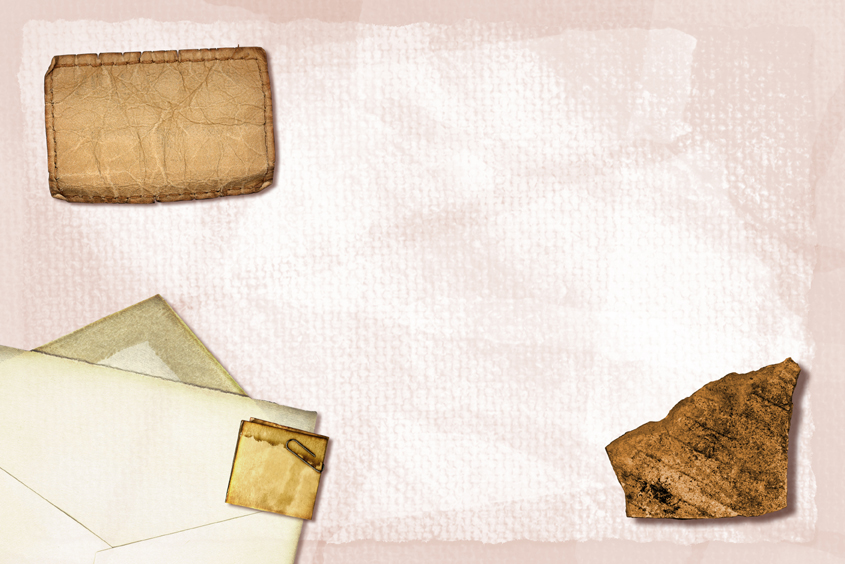There is more to art than paint on paper. Art therapy is the use of art and other visual media in a therapeutic or treatment setting. Activity ranges from the child scribbling to express him or herself to the mentally handicapped man working with clay to a painting by a deeply depressed woman. Can this be called art, and if so, how and why is it therapeutic? Art is an indigenous feature of every society and symbolises both personal and cultural aspects of development. It reflects and predicts trends and encourages creative expression and ideas. However, when used in a therapeutic setting, art is not recognised in the same way because it has a distinct purpose.
Spontaneous painting can be satisfying, frustrating and relaxing. It is a solitary and contemplative activity, in which aesthetic considerations are of prime importance. The final product is an end in itself and is exhibited as a work of art; the process of creating is secondary. Whereas art activity undertaken with clear treatment aims has a different objective. The person and process become most important, as art is used as a means of non-verbal communication, expressing both the conscious and unconscious. As the individual becomes absorbed in the activity, there may be a strong cathartic reaction because defences are eroded allowing powerful emotions to surface.
Therefore, Art is a valuable agent for therapeutic change. Effective procedures are those that result in fundamental or permanent change in human disorder, personality or living. According to Ulman (1961), therapy is “distinguished from activities designed to offer only distraction from inner conflicts; activities whose benefits are therefore at best momentarily.” Hence, the essence of art therapy lies in the therapeutic outcome of the activity of creating. Margaret Naumberg (1958) described art as a means to bring mixed, poorly understood feelings into clarity and order. “The process of art therapy is based on the recognition that man’s most fundamental thoughts and feelings, derived from the unconscious, reach expression in images rather than words.”
However, it would be foolish to think art is synonymous with therapy, in the sense that all art activity is necessarily healing. This would imply an automatic fusion between art and therapy, in that the latter is a natural consequence of the former. The drawing process is not the sole therapeutic agent; like dreams, pictures have little meaning in isolation. Art therapists are not there merely to encourage people to draw and paint.
Discussion afterwards can result in a person gaining insight both intellectually and emotionally by connecting the meaning of the picture to his or her own life situation. Many aspects of oneself, possibly previously hidden, may become apparent. As a therapeutic tool, the art form, unique to the individual, provides the focus for exploration, analysis and self-evaluation and acts as a tangible record, which cannot be denied, erased or forgotten.
Reference: Art As Therapy – An Introduction to the use of art as a therapeutic technique by Tessa Dalley (1984)

I agree! Art therapy is a mental health profession that uses the creative process of art making to improve and enhance the physical, mental and emotional well-being of individuals of all ages.